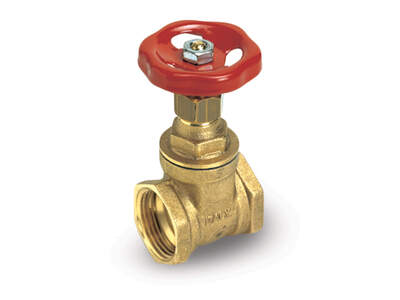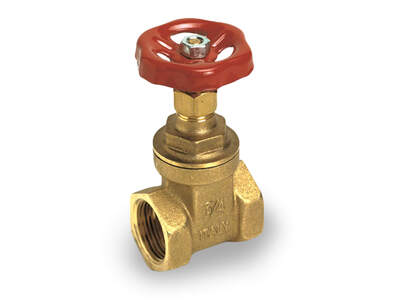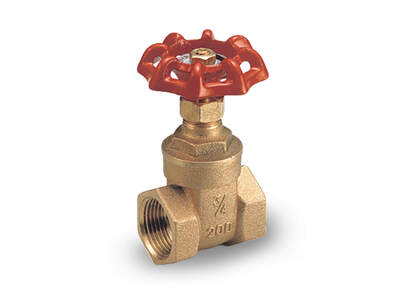Understanding the difference between ball valve and gate valve designs
When selecting a valve for fluid control, two of the most widely used types are the ball valve and the gate valve. At a glance, they may appear to serve the same purpose — opening and closing the flow of media — but in practice, they operate very differently. From internal design to performance and long-term maintenance, the distinctions between them are significant. Gaining a clear understanding of these differences is essential for engineers, installers and system designers aiming to optimise efficiency, durability and operational control. The following considerations compare the two products assuming construction materials are the same.
How ball valves and gate valves work
A ball valve uses a spherical closure element with a central bore that rotates 90 degrees within the valve body. When the bore is aligned with the pipeline, flow is allowed; when turned ninety degrees, flow is blocked. This simple design allows for fast, reliable shut-off with a quarter-turn operation and utmost sealing as the pressure of the fluid itself pushes the ball towards the downstream seat.
A gate valve, by contrast, uses a rising or non-rising wedge-shaped gate that moves vertically between two seats. When fully open, the gate retracts, offering a passage to the media. Gate valves typically require multiple turns of a handwheel to open or close, which makes them better suited to applications where infrequent operation is expected or where some flow regulation is required.
Ball valve vs gate valve: key performance differences
To evaluate which valve type suits a specific application, it’s useful to compare how they differ in key performance areas:
- Operation speed: ball valves offer rapid shut-off and opening with a quarter-turn handle. Gate valves are slower to operate, requiring multiple turns.
- Sealing: ball valves offer excellent leak-tightness even after long periods of inactivity. Gate valves may be prone to leakage if debris accumulates on the gate or seats.
- Flow regulation: gate valves can be used for throttling (though not ideal); ball valves are designed primarily for on/off service.
- Durability and maintenance: ball valves have fewer moving parts, are easier to service, and more reliable for high-cycle applications.
- Installation space: ball valve height is shorter, but they are longer as the ball takes more space than the “gate”.
Applications and suitability of ball and gate valves
Ball valves are ideal for residential plumbing, HVAC systems, gas, compressed air and industrial automation—anywhere a quick shut-off and reliable sealing are required. RuB brass ball valves are particularly valued for their high-quality engineering, tight tolerances, and long-term durability across demanding applications.
Gate valves, on the other hand, are commonly used in water supply, fire protection systems, irrigation and other settings where some leaks do not represent an issue. They are also suited for large-diameter pipelines due to their reduced cost.
Bonomi Industries' gate valve solutions
Bonomi Industries offers a range of gate valves engineered to meet diverse system requirements across residential, commercial and irrigation installations:
- S.110: a classic gate valve with threaded ends, designed for general shut-off duties.

- S.111: suited for installations where operational status needs to be visually confirmed, this model features a rising stem for enhanced visibility during opening and closing cycles.

- S.114: equipped with NPT threads and heavier in construction, this version is particularly well-suited for the North American and Middle East markets.

All models are constructed for durability and reliable sealing, with options that meet a wide range of system requirements. More gate valve models are available in our catalogue.
Choosing the appropriate valve type is not just about flow control, but also about efficiency, system safety and maintenance costs over time.
Need help choosing the right valve? Contact Bonomi Industries for technical guidance and product support.